On World Wildlife Day, make a pledge to save the Sundarbans
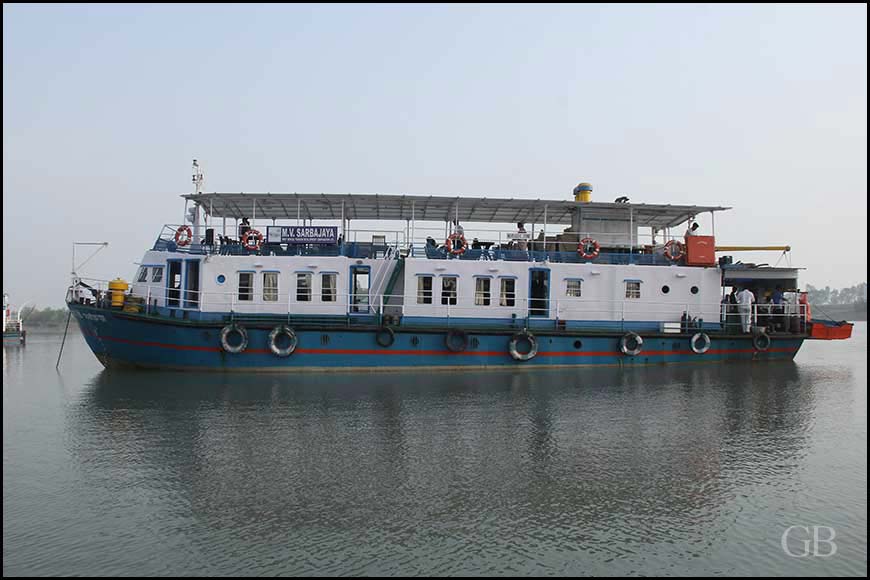
Today, March 3, was officially declared World Wildlife Day by the United Nations General Assembly in 2013, in response to a proposal by Thailand. The theme for 2021 is ‘Forests and Livelihoods: Sustaining People and Planet’, and in Bengal, this ties in beautifully with the Sundarbans, perhaps among the richest and most biodiverse ecosystems in the world.
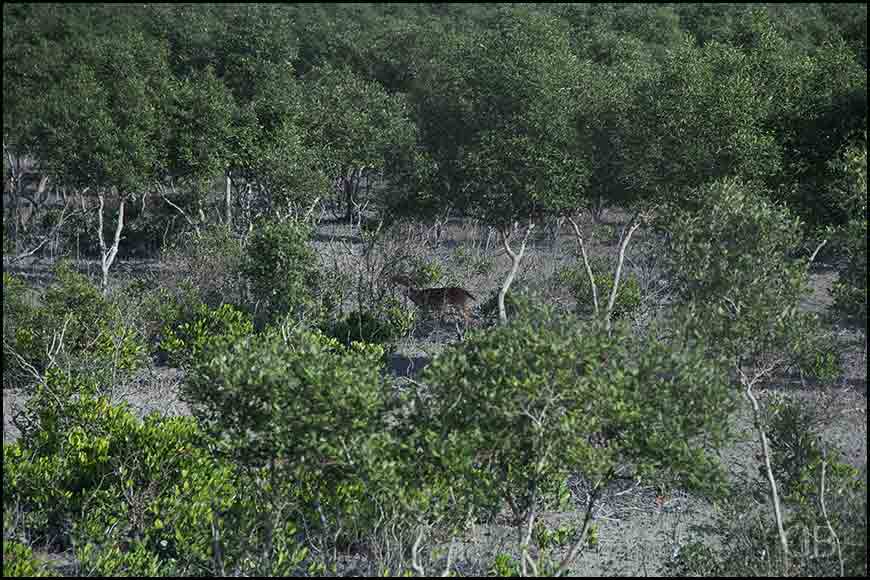
If you visit the Sundarbans, as a colleague and I did a few days ago, you can actually see the theme at work. There are package tours on offer from the West Bengal Tourism Development Corporation (WBTDCL), and at least from what we saw on our trip, there are many takers, too. You can choose one of two options - a one night-two day package, or a two night-three day version. The basic itinerary is common, but obviously a few more locations are tagged on to the longer trip. Whichever you choose, you need to do so by the end of this month, because once the Nor’wester (Kalbaisakhi) season arrives, all trips will remain suspended until at least the Pujas.
Quite apart from exposing you to the spectacular natural beauty of the world’s largest mangrove forests, the trip is rewarding in many more ways. From Kolkata, we travelled by bus to Sonakhali, a journey of approximately 3.5 hours, and then boarded the merchant vessel (MV) Chitrarekha, one of two vessels operating the cruise, the other being MV Sarbajaya. Once you board the vessel, it becomes your home for the duration of the trip. The crew make every effort to ensure that you are comfortable, the food is great, and the sheer beauty of the surroundings soon takes your mind off every other concern.
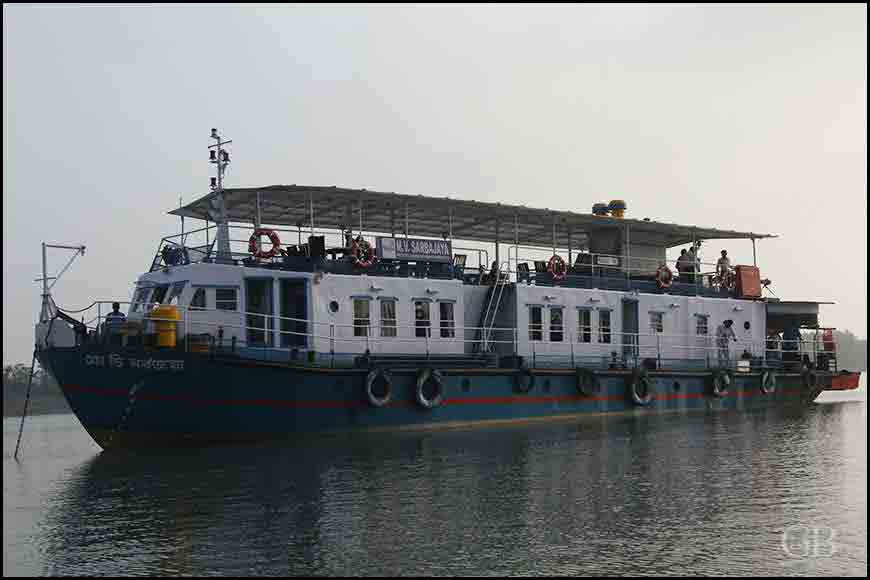 MV Sarbajaya
MV Sarbajaya
However, as mentioned above, the cruise is important for several reasons. One, it gives you a sense of exactly how critical the Sundarbans are to the very survival of West Bengal and Bangladesh. As you view the dense forests made up of several species of trees, and the huge expanse of the rivers forming the delta region of the Bay of Bengal, you realise what a strong buffer system the Sundarbans provide. The Bay of Bengal is a hotbed of tropical cyclones, and their intensity will only grow with every passing year, thanks to global warming. In 2020, Cyclone Amphan demonstrated exactly how much of a shock absorber the Sundarbans are, as they absorbed the initial ferocity of the storm, so that the rest of South Bengal was protected from utter destruction.
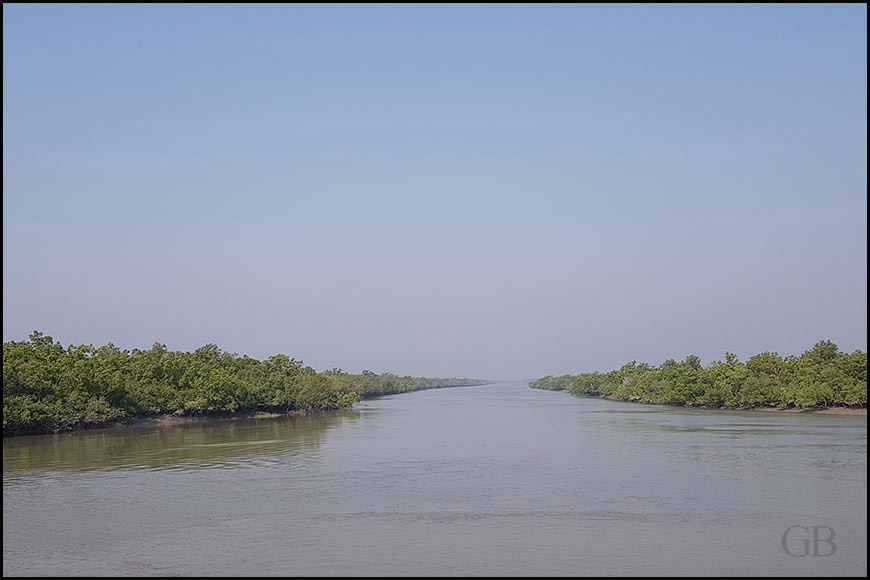 View from the vessel
View from the vessel
Two, on board the cruise vessel, you will meet Sundarban Tiger Reserve tourist guides like Tarun Baidya, who are always willing to sit and talk to you about how greatly the forests have helped the survival of not just the wildlife, but also residents of the region like him. “With every generation, we have realised more and more the need to protect the Sundarbans. Today, you won’t find anyone cutting down forest trees for firewood as used to happen earlier. We have stopped using plastic, and other activities such as honey gathering have become more systematic,” he says.
The wildlife has adjusted, too. As Baidya points out, the Royal Bengal Tiger, the star attraction of the region, hasn’t really been equipped by nature to survive in this saline environment, where prey is plentiful in the form of deer and wild boar, but not very easy to catch, owing to the density of the forests. “So you will see them eat crabs and fish, which are more accessible. When a tiger sits immersed in water, it is not just cooling down, it is also waiting for fish and crabs,” he says. From the forest watchtower at Sajnekhali, we also caught sight of a water monitor lizard (one of several monitor species here) the size of a small crocodile, swimming lazily across a watering hole. “Favourite food of tigers,” another tourist guide told us, grinning.
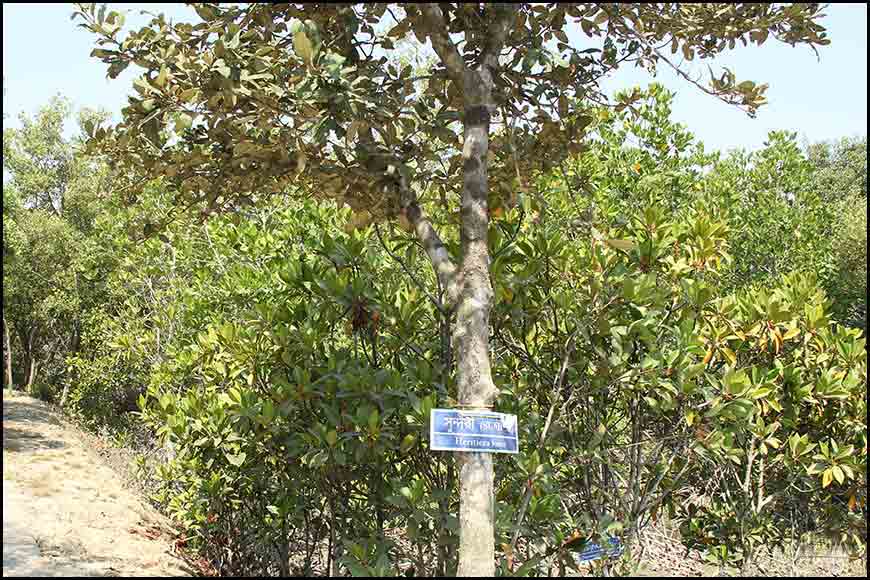 Sundari Tree
Sundari Tree
Where else but in Bengal would you find fish-eating tigers! Jokes apart, however, the forests bear signs that all has not gone well. For starters, the ‘Sundari’ trees from which they take their name have largely disappeared from the Indian Sundarbans, owing to the increasing salinity of the water. Tougher species still survive, however, and the nearly 4,500 sq km of forest in West Bengal are full of species such as ‘Gewa’, ‘Passur’, ‘Goran’, and ‘Hental’, all local names. At some of the locations that we visited, we saw nurseries of these trees, with saplings awaiting replanting.
 Dobanki Camp
Dobanki Camp
Sadly, we saw no tigers, though sightings are quite common. In fact, 2020 notched up a record number, when very few tourists were around. The watchtowers at Dobanki, which we visited on the first day, and Sajnekhali are situated close to freshwater ponds and water bodies, which attract deer, boar, and tigers, apart from various species of resident and migratory birds. We saw all of them, but the tigers remained elusive.
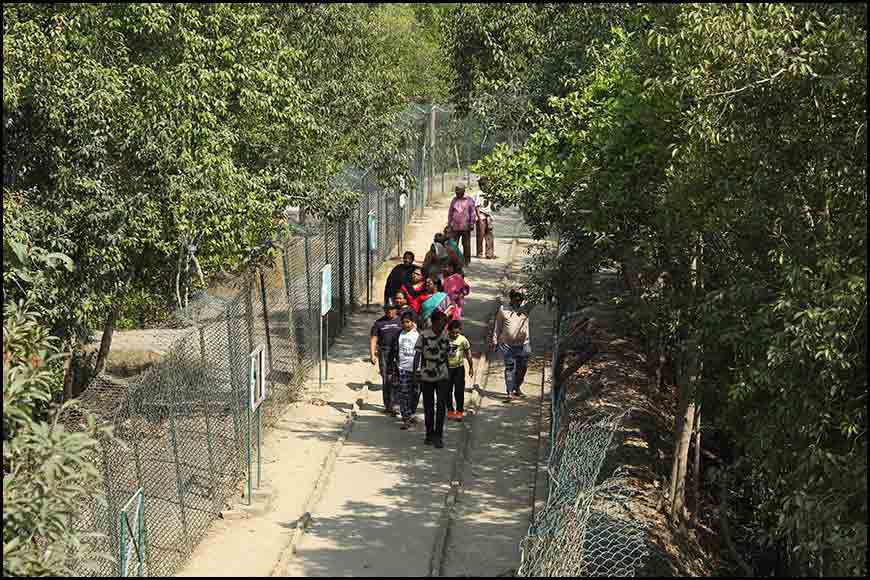
As of now, according to the guides, the Sundarbans house 106 tigers, give or take one or two stray animals. Four protected areas in the Sundarbans are designated UNESCO World Heritage Sites - Sundarbans National Park, Sundarbans West, Sundarbans South and Sundarbans East Wildlife Sanctuaries. Nonetheless, the Indian Sundarbans were considered endangered in a 2020 assessment. The guides say the Bangladesh forests are far better served by freshwater rivers, essential if the saline balance is to be maintained. In India, though, the freshwater streams have virtually been blocked off, owing to both natural and artificial reasons.
 Sajnekhali Eco Tourism Complex
Sajnekhali Eco Tourism Complex
The more you visit the Sundarbans, therefore, the more awareness you can spread about the need to protect them. As our vessel made its way tide to Sudhanyakhali from Sajnekhali on day two through one of the forest’s famous creeks, the ongoing high tide lapped at the higher branches of the trees and submerged many of them, prompting a solitary crane to climb further up and perch on the treetop. The sun’s rays beat down on the glittering expanse of water, highlighting the various shades of green among the trees, and the effect was that of an emerald jewel ringed by silver.
At Dobanki camp, there is a unique canopied walk through the forest along a concrete path for nearly half a kilometre, and from the watchtower at Matla Tourism Property (earlier Sajnekhali Tourist Lodge), the sight of layer upon layer of trees stretching into the horizon, shrouded in morning mist, is enough to rob you of speech.
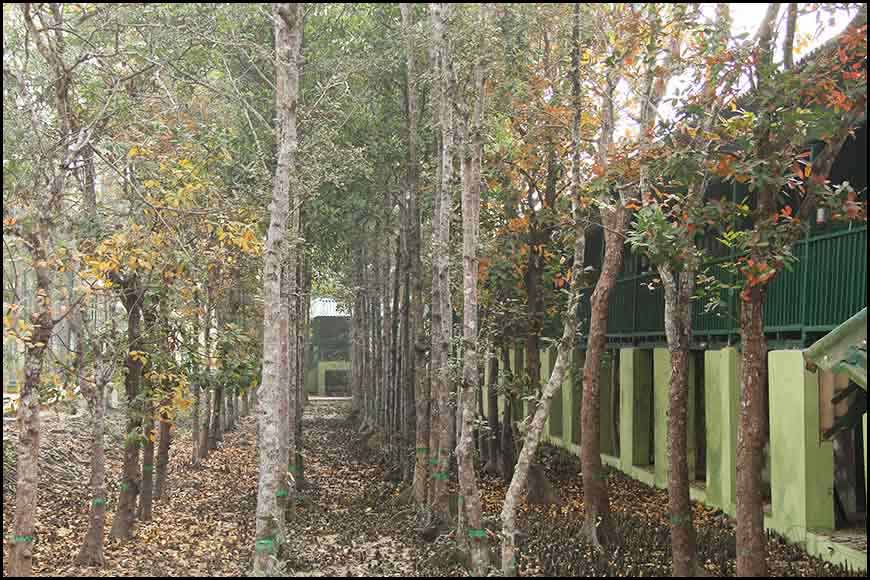 Matla Toursim Property
Matla Toursim Property
This ecosystem supports an entire economy, and the livelihoods of thousands and thousands of people, not to mention wildlife. There are occasional clashes, yes, when tigers enter villages to grab livestock, which make for easy prey. There are even attacks on humans, but the man-eating tigers are more myth than reality, insist the guides. “Humans in the forest are easy prey, too. But there are almost no records of tigers entering villages to prey on humans,” they say. On World Wildlife Day, you can make no better resolution than to experience this coexistence for yourself.
For bookings and complete information on the cruise, contact
West Bengal Tourism Development Corporation Ltd
DG Block, Sector-II, Salt Lake
Kolkata 700091
Phone: (033) 2358 5189, Fax: 2359 8292
Website: https://www.wbtdcl.com/
Email: visitwestbengal@yahoo.co.in, mdwbtdc@gmail.com, dgmrwbtdc@gmail.com











